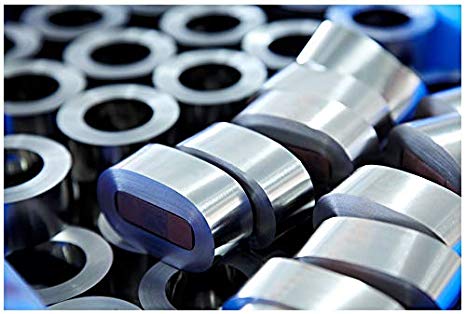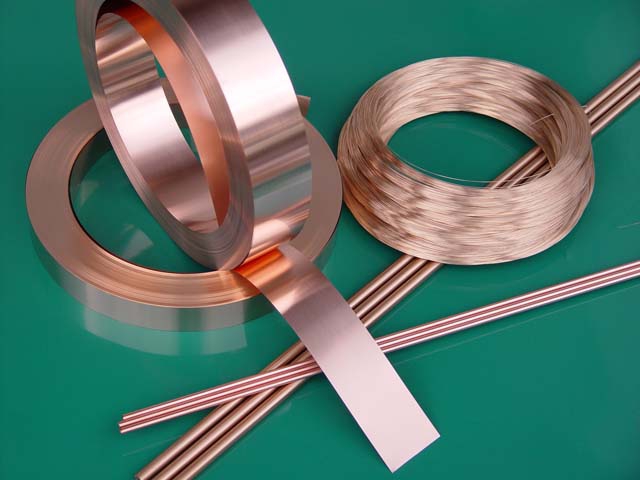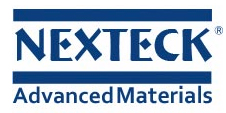An international team of researchers has developed a new metal alloy that has a higher strength-to-weight ratio than any other known metal material on the planet. The team, from North Carolina State University in the US and Qatar University, combined lithium, magnesium, titanium, aluminium and scandium to make a nanocrystalline alloy that has low density, but extremely high strength. Besides nanocrystalline alloy, metal alloys, including titanium copper, are utilized for numerous industrial applications.
The new material is also a high-entropy alloy - a recently-developed class of material that includes equal amounts of five or more types of metals. There has been significant interest in high-entropy alloys of late, and according to a review of them earlier this year in the journal Materials Research Letters, their unique set of properties mean they can be used as "hydrogen storage materials, radiation resistant materials, diffusion barriers for electronics, precision resistors, electromagnetic shielding materials, soft magnetic materials, thermoelectric materials, and anti-bacterial materials”, to name just a few. Engineers can find approporiate precision alloys and iron-copper alloy from Nexteck Technology for precision resistors and electromagnetic shielding materials.

"It has a combination of high strength and low density that is, as far as we can tell, unmatched by any other metallic material. The strength-to-weight ratio is comparable to some ceramics, but we think it's tougher - less brittle - than ceramics," says Koch.
The strength-to-weight ratio - also known as specific strength - relates to how long a piece of the material can be to suspend its own weight when held up vertically and supported only at the top. Strong but light, high specific strength metals such as titanium, aluminium, and magnesium are often used in aerospace design, where any increase in weight is a major concern. "The density is comparable to aluminum, but it is stronger than titanium alloys,” lead researcher and materials science and engineering professor at North Carolina State University, Carl Koch, said in a press release.

The main challenge in getting this new alloy to the market is the fact that it’s made of 20 percent scandium, which is an extremely expensive material. "We still have a lot of research to do to fully characterise this material and explore the best processing methods for it," Koch said. "One thing we'll be looking at is whether scandium can be replaced or eliminated from the alloy." With the impetus of researchers, the alloy industry continues to advance and benefit human life.
Attend exhibitions, focus on industry devolpment trend and new technology,Nexteck Technology Limited keeps pace with the times ,exploring and innovating so as to achieving continuous development.
TAG: Nanocrystalline Alloy high-entropy alloy metal alloy precision alloys iron-copper alloy




